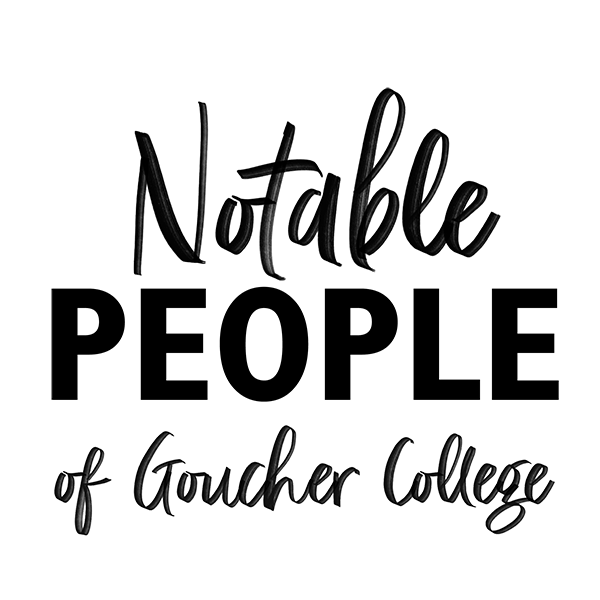
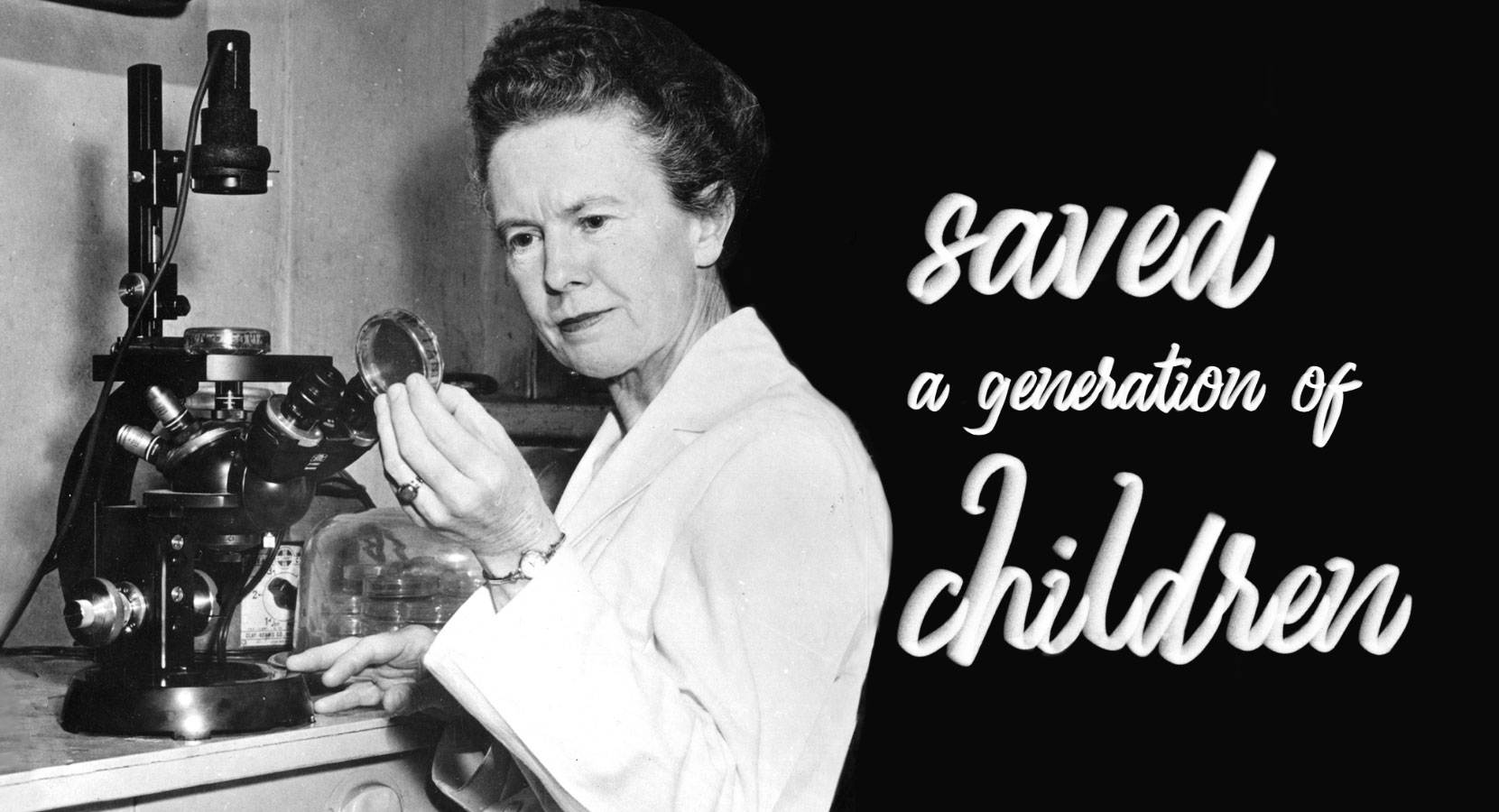

Class of 1923
Up until the 1940s, a child was sure to die when they became infected with the bacteria Haemophilus influenzae, otherwise known as influenzal meningitis. Hattie Alexander changed that. A pediatrician and microbiologist, Alexander graduated from Goucher in 1923 and from Johns Hopkins Medical School in 1930, where she first became curious about influenzal meningitis. In 1939, while working in the Department of Pediatrics at Columbia University, she began to study the deadly bacteria. Alexander knew that researchers at Hopkins had used a rabbit serum to treat pneumonia, so she began similar experiments. By the early 1940s, she had refined a treatment, and the mortality rate for influenzal meningitis dropped from 100 percent to under 25 percent.
The work led Alexander to study antibiotic resistance, one of the first researchers to do so, and she correctly identified the cause as random genetic mutations in the bacteria’s DNA. Alexander died at 67, having remained a professor emerita at Columbia until the end of her life.
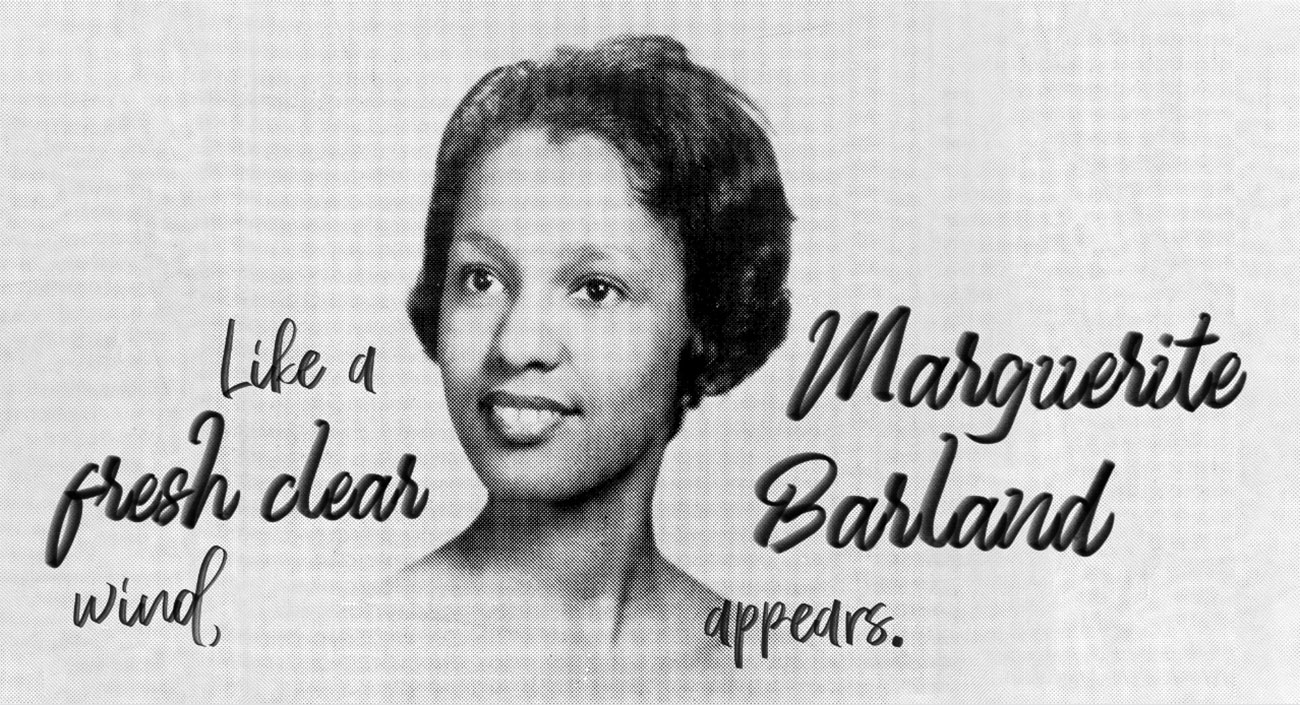

Class of 1960
“In these days when teenagers often find themselves regarded as members of a ‘lost generation,’ it comes like a fresh clear wind when a youngster such as Miss Marguerite Barland appears on the scene,” wrote the Baltimore Afro-American as part of its “1956 Honor Roll.” Marguerite Barland was the first African American to graduate from Goucher College. At Douglass High School, the valedictorian was in the student council, edited the yearbook, and was elected city comptroller of the model youth city council. She would became a high school chemistry teacher. Her family remembers a brilliant woman who loved debating as much as laughing, clad in high heels and impeccable outfits.
At Goucher, Barland was determined to overcome obstacles. Asked about the discrimination she might have faced, her niece Carolyn Scott-Harris explained, “It was difficult, but not everyone was prejudiced toward her. She made friends.” Barland made friends across the world. She had a cross-cultural outlook, believing we can expand our minds by interacting with people unlike ourselves. “I think she would have been better suited had she been a young woman in these times, when the watchword is ‘global,’” her niece Carol Melvin said. ”For her that was very important.”
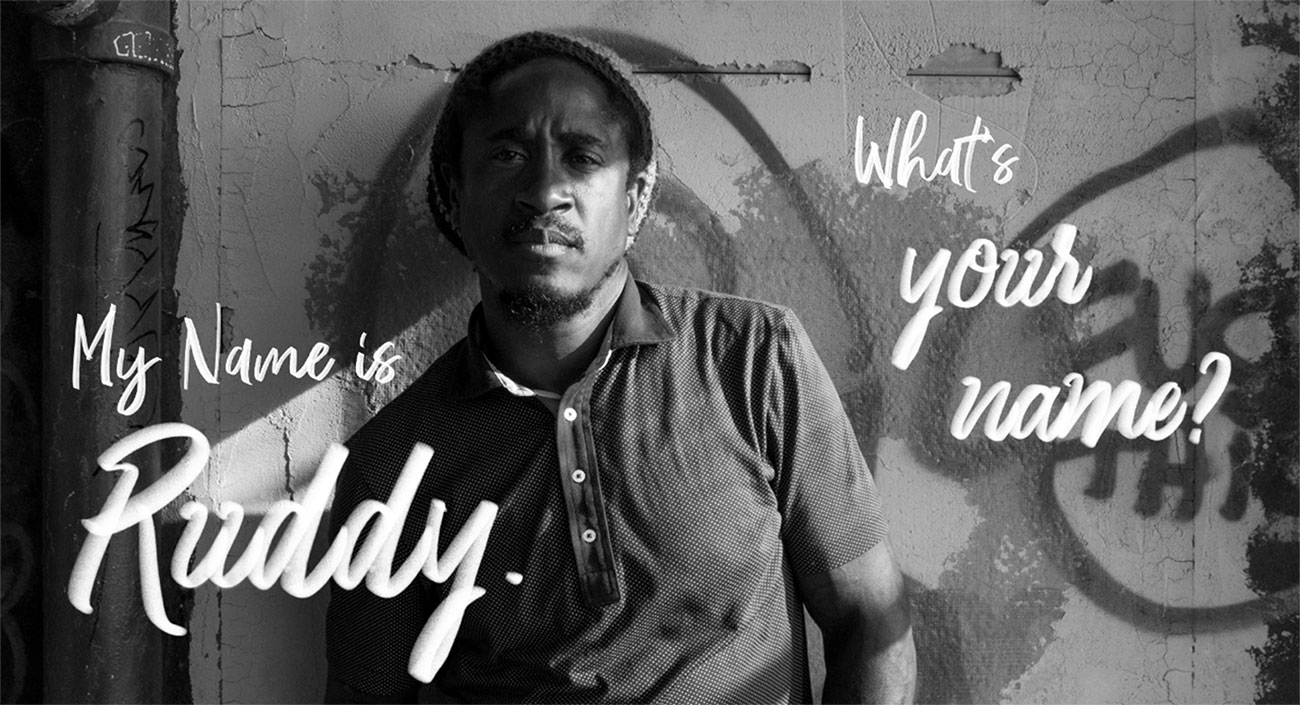

Class of 1998
“My name is Ruddy, what’s your name? What do you do? Why are you here? How did you get here?” So asks Radcliffe (Ruddy) Roye of everyone whose photo he takes, he once told Time Magazine. Roye is a photojournalist and documentary photographer well known for his close portraits on Instagram documenting Black life, from Dancehall culture in Jamaica to the Black Lives Matter protests around the U.S. Roye’s posts come with philosophical captions about the lives of the people he photographs, the writing lyrical and meditative.
Once, Roye walked all 120 miles of an old railroad in Jamaica, photographing the people who lived in makeshift homes along the tracks. But his work captures more than images of the disenfranchised. For Roye, it’s about the people, always the people. “Nobody’s a vagrant,” he said to Goucher Magazine in 2015. “That person’s a human being who is losing the battle. That’s why I spend so much time with the people I photograph. I want to, through my pictures, change the way people see homelessness.”
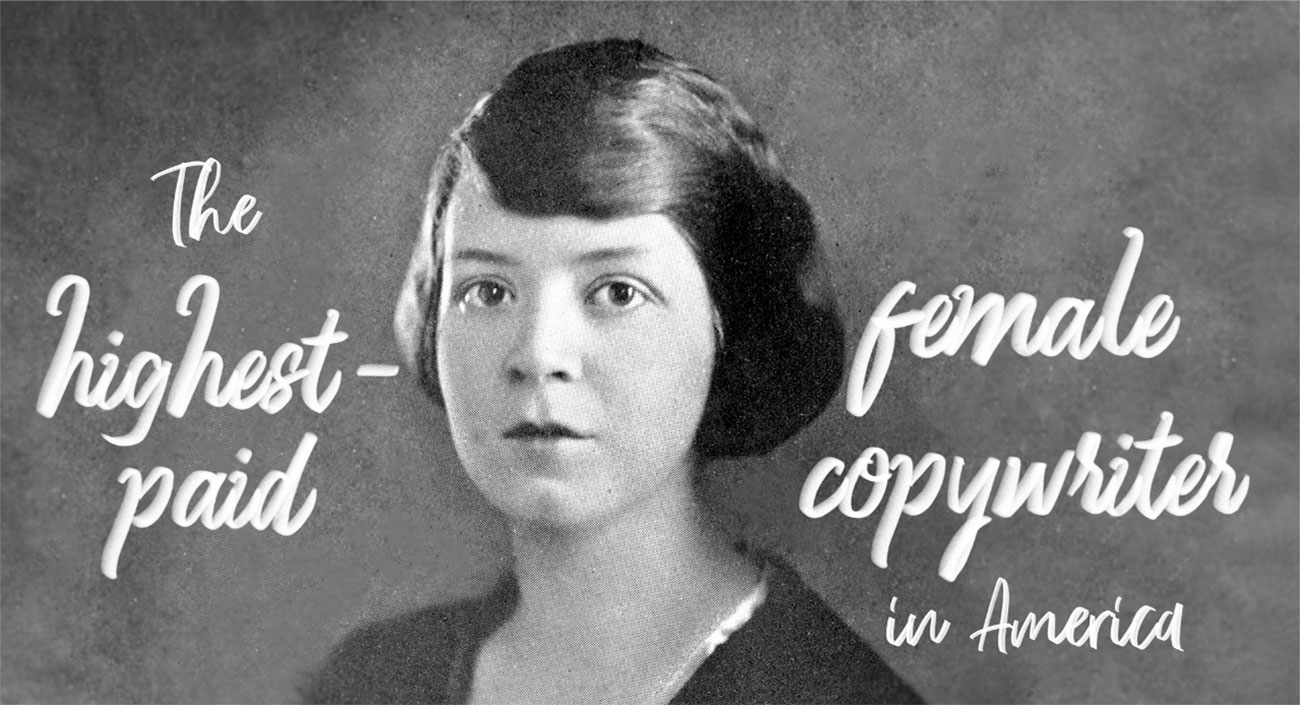

Class of 1921
Write poems or work in advertising—Margaret Fishback never had to choose, and she was paid well for both. After graduating from Goucher in 1921, Fishback joined Macy’s advertising department. In the 1930s, Fishback was believed to be the highest paid female copywriter in America. She worked on campaigns for Chef Boy-Ar-Dee, Hanes, and Wrigley. “When you want a wee snifty … It’s smart to be thrifty,” she wrote for an ad for Scotch whisky.
At the same time, Fishback had poems and articles published in The New Yorker, Vanity Fair, Life, and several newspapers, often with droll takes on the lives of women. She would eventually publish five books of her poetry. Her verse and ad copy alike were funny, sharp, and full of wordplay. She died in Maine in 1985. In 2017, the author Kathleen Rooney published a novel loosely based on Fishback’s life, Lilian Boxfish Takes a Walk.
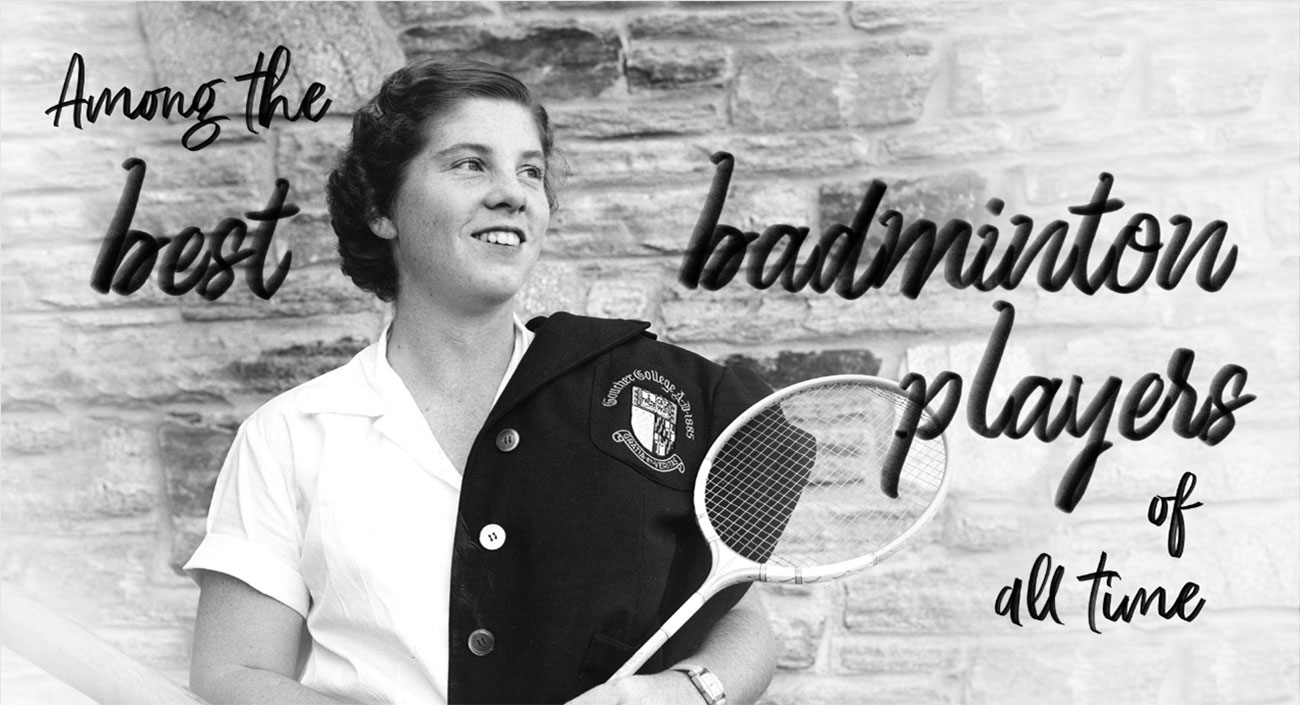

Class of 1958
Judy Devlin (who became Judy Hashman) ranks among the best badminton players of all time. Not just at Goucher. Not just in Maryland or the United States. One of the best in the world. Devlin began playing badminton when she was seven with her sister and her father, J. Frank Devlin, one of the top players of his day. “Always have your feet in the right place,” he would say.
In 1954, at age 18, she won the first women’s world singles championship she played in, becoming both the youngest person and the first American to do it. Before that, she placed first six times at the 18-and-under U.S. junior nationals.
During her playing career, Judy Devlin won 83 national and international titles. She played at No. 1 singles and No. 1 doubles on U.S. Uber Cup teams that captured world championships in 1957, 1960, and 1963. She once told Sports Illustrated of her skills in the early ’60s, “It was like a dream. They used to serve, [I’d] hit one back and I’d make a point. They just couldn’t get to anything.”
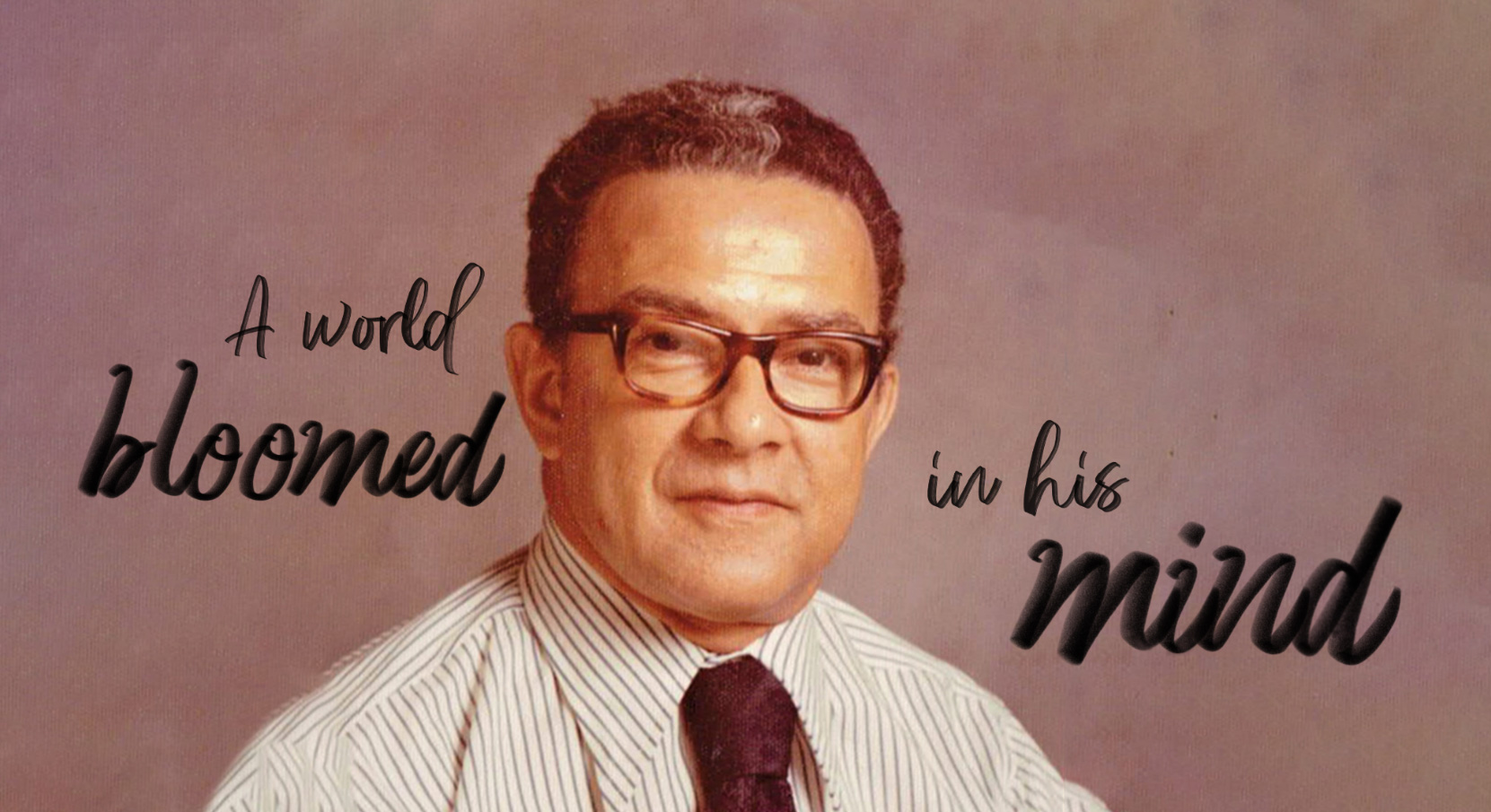

Master of Education Program Class of 1971
Warren Dorsey always knew education was important—his mother’s most cherished dream for her children. His began in 1926 in a one-room schoolhouse in rural Maryland, the only school for Black children in the community. But he didn’t learn to read until 1931, when Dorsey moved to a larger school with a small library. He read everything, and a world bloomed in his mind. His education continued at Morgan College, a historically Black college in Baltimore, now Morgan State University, and he studied microbiology. He worked as a microbiologist for 25 years before retiring.
In 1970, Dorsey applied to Goucher’s Master of Education Program and became the first Black man to graduate from Goucher College. He then became an elementary school teacher. He believed he could have the most influence on the most students by teaching younger ages, a time of great wonder in his own life. Eventually, he became a principal before retiring, again, in 1981.
Dorsey lived his mother’s dream. He began a boy who couldn’t read and became a man with a graduate degree. As Dorsey says, "I have the satisfaction of knowing that I beat whatever odds that life threw at me and succeeded."
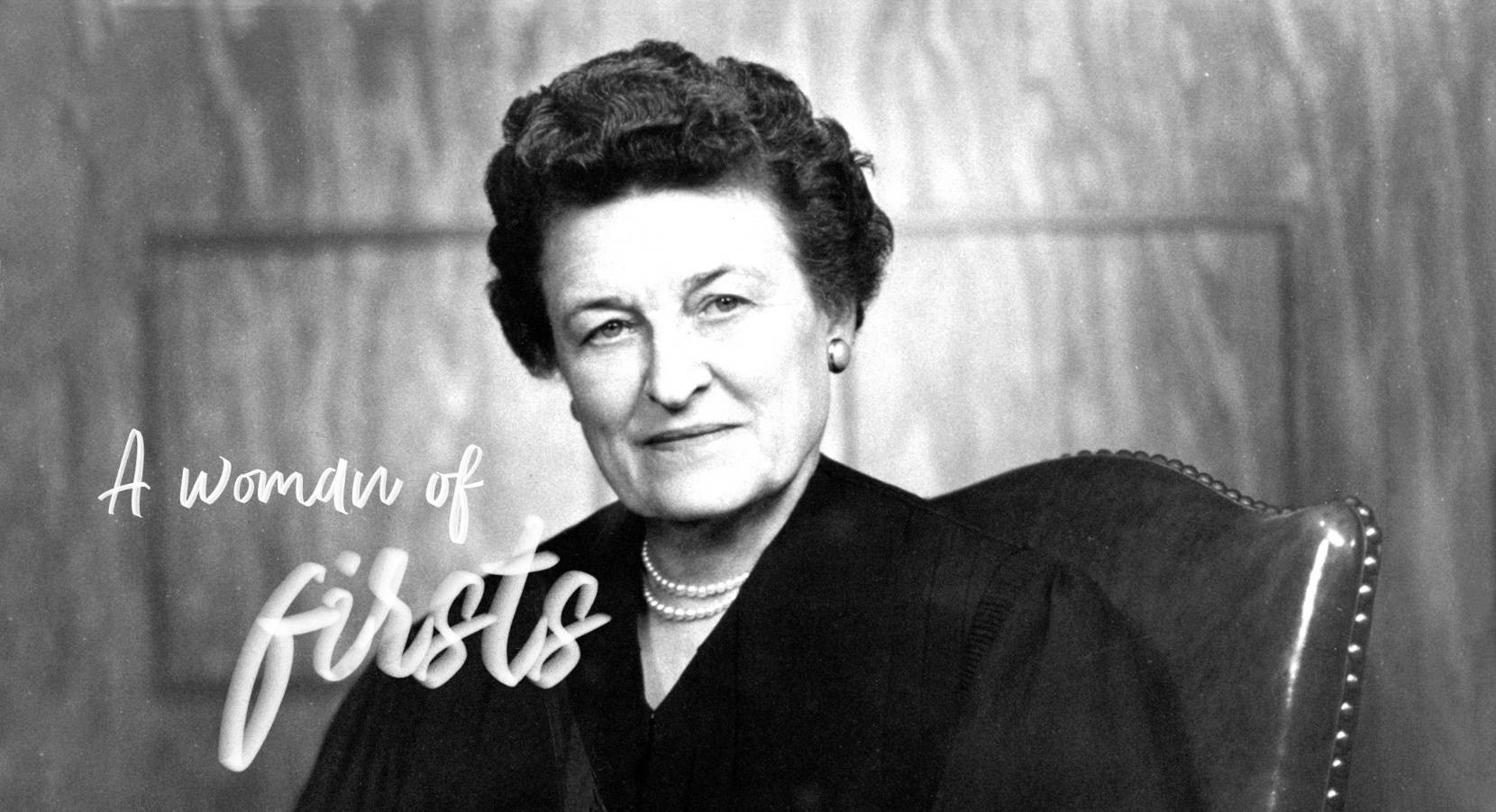

Class of 1917
No woman had done it before? That never stopped Sarah Tilghman Hughes. To support herself during law school at George Washington University, she became a police officer in DC's Metropolitan Police Department, one of the first women to do so. She didn’t carry a gun, but her beat was to protect vulnerable women on the streets.
After law school, Hughes moved to Texas, where she struggled to find work due to her gender. She set her sights higher: In 1930, she was elected to Texas’ House of Representatives. In 1935, she was the first woman in Texas to be appointed as a district judge. In 1962, the U.S. Senate confirmed Hughes as a federal judge, the only woman appointed so by President John F. Kennedy and the first woman to become a federal judge in Texas.
After Kennedy’s assassination, Vice President Lyndon B. Johnson needed a federal judge to swear him in. “Get Sarah Hughes,” he said. Hughes became the only woman to swear in a U.S. president. In the famous photo aboard Air Force One, Hughes stands with her back to the camera, Johnson’s hand on the bible as he towers over her, Jackie Kennedy at his side.
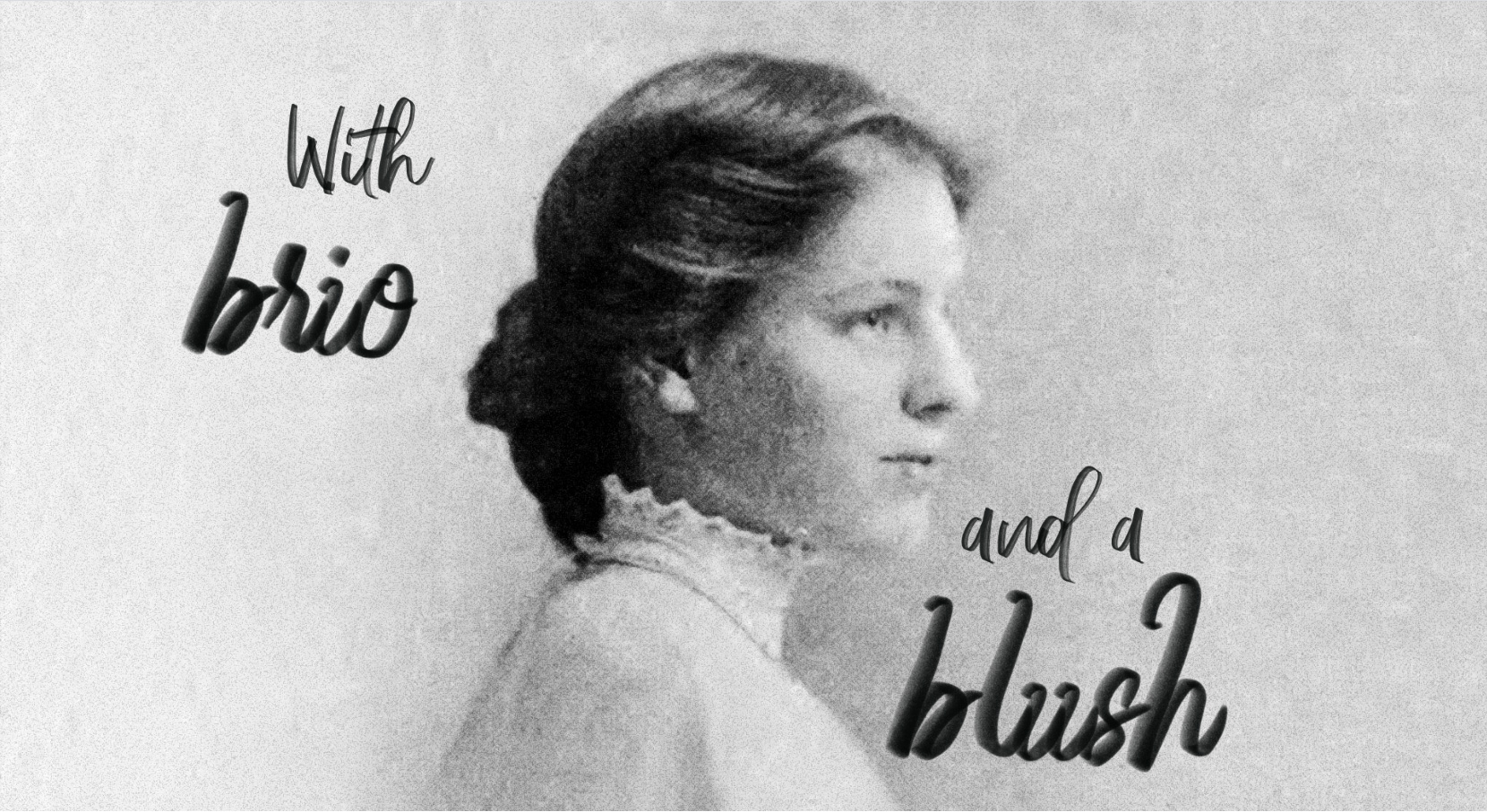

Class of 1908
“In this present day of worldly assurance it is the greatest pleasure to meet a young lady who possesses the art of blushing. Miss Wilson has reached the height of perfection in that her color like that of the heroines of fiction, 'suffuses her countenance.'' She is aesthetic, poetic, and idealistic.” So was Jessie Woodrow Wilson Sayre described in the Donnybrook 1909 yearbook, in a section called "In the Public Eye.
The younger daughter of President Woodrow Wilson, Sayre grew up in Georgia. After graduating Goucher, then the Woman’s College of Baltimore, she became a political activist and worked at a “settlement home” in Philadelphia for three years. As part of the settlement movement, these homes were established in poor neighborhoods and lived in by volunteers who offered daycare, health care, and education to the people in the area.
Sayre moved to Eastern Massachusetts shortly after her father’s presidential inauguration in 1913. She was involved with the Democratic Party and the League of Women Voters, working for women’s suffrage and encouraging women to assume larger roles in public policy.
Here was a woman with both brio and a blush—one of many in Goucher’s history.
©